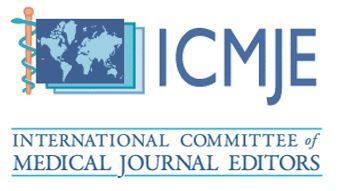Prevalence and Causes of Low Vision and Blind in Ophthalmology Department, Miri Hospital, Sarawak
DOI:
https://doi.org/10.51200/bjms.v16i3.3732Keywords:
low vision, blind, irreversible, permanent, visual impairment, ophthalmologyAbstract
Prevalence and causes of low vision and blind have been studied nationally and globally. However, similar studies have not been conducted locally in Sarawak. This study aims to identify the prevalence and causes
of low vision and blind patients of different gender, age, and race in the Ophthalmology Department, Miri Hospital, Sarawak, for five years from 2016 to 2020. This study is a retrospective observational study. A total of 17,868 patients’ clinical records were screened. The clinical records with fulfilled inclusion criteria will be extracted and reviewed. In this study, 269 (1.50%) patients were diagnosed with irreversible visual impairments. The prevalence of low vision and blindness was 0.78% and 0.72%, respectively. Most subjects (187, 69.5%) were more than 50 years old. Furthermore, 151 (56.13%) subjects were male, while 118 (43.87%) were female. Race Iban has a higher prevalence of low vision and blind (88, 32,7%), followed
by Chinese (81, 30.1%), Malay (53, 19.7%), and other local natives (17, 5%). The four leading causes of low vision and blind were diabetic retinopathy (68, 25.3%), glaucoma (62, 23.0%), retinitis pigmentosa (26, 9.7%),
and age-related macular degeneration (17, 6.3%). Low vision and blind due to diabetic retinopathy, glaucoma, and age-related macular degeneration could be avoided if eye health screening is conducted as early as age 40. For patients diagnosed with low vision and blind, integrated low vision and blind rehabilitation training should be accessible in all public healthcare systems. For the stakeholder, enforcing low vision and blind registry, fortifying low vision rehabilitation services, and precise mechanism of welfare intervention are the measures for more holistic low vision and blind management.
Downloads
Published
How to Cite
Issue
Section
License
The copyright of the article belongs to the authors, who retain ownership of their work published in the journal. Their work is distributed under the CC BY-NC 4.0 license








1.png)




